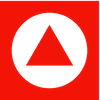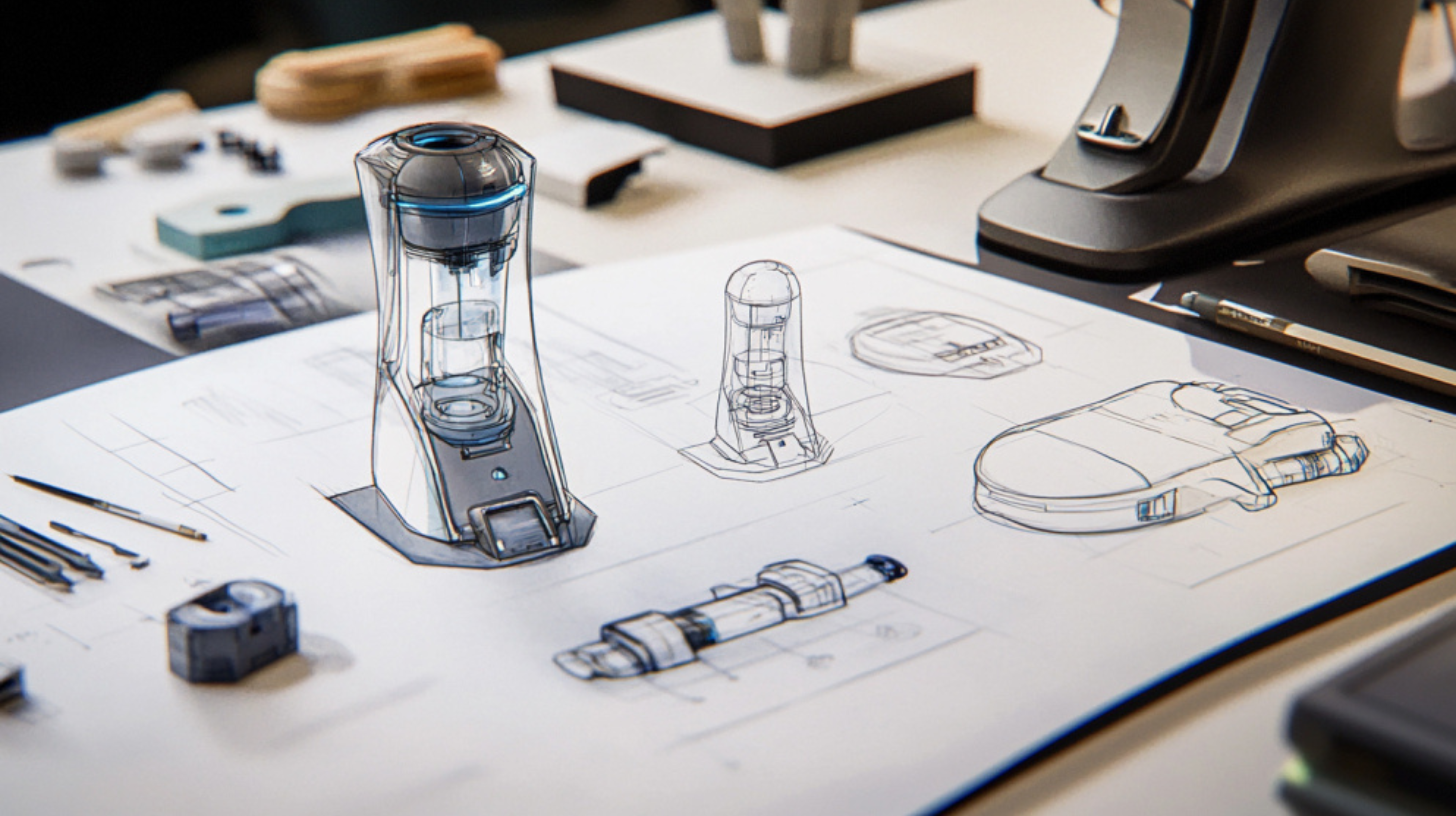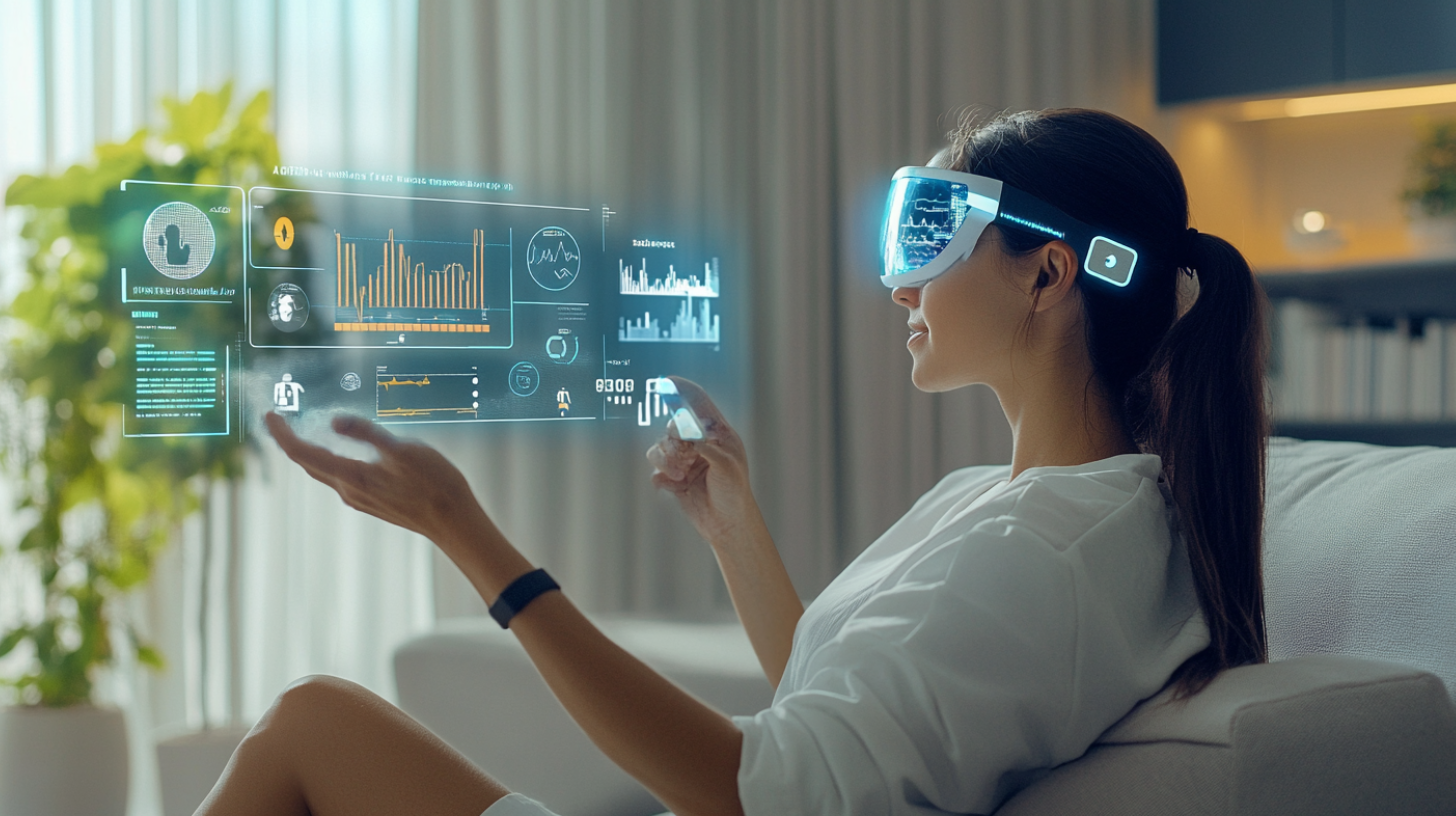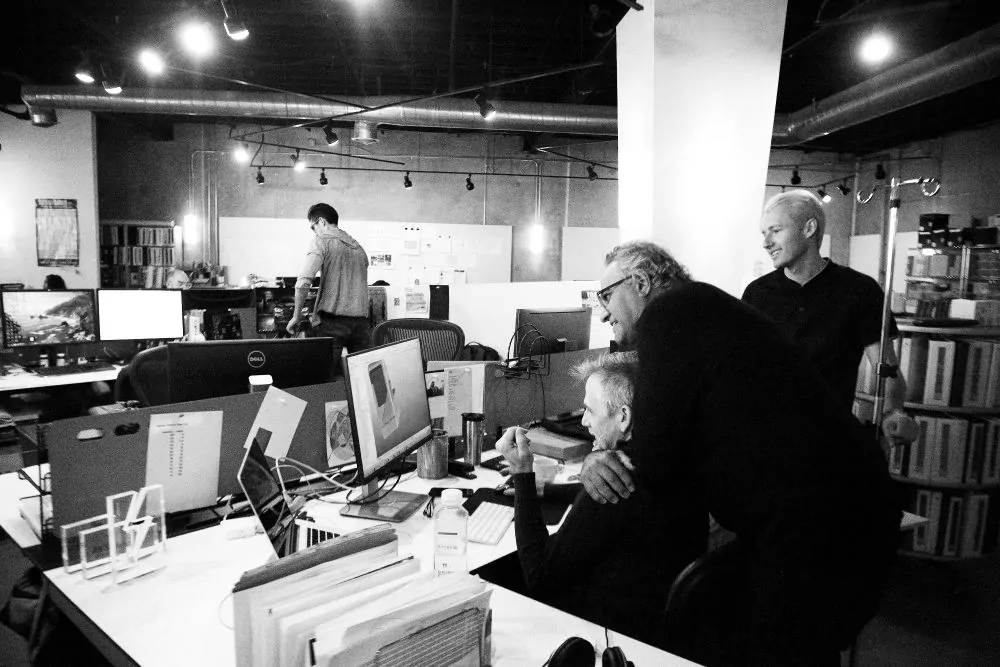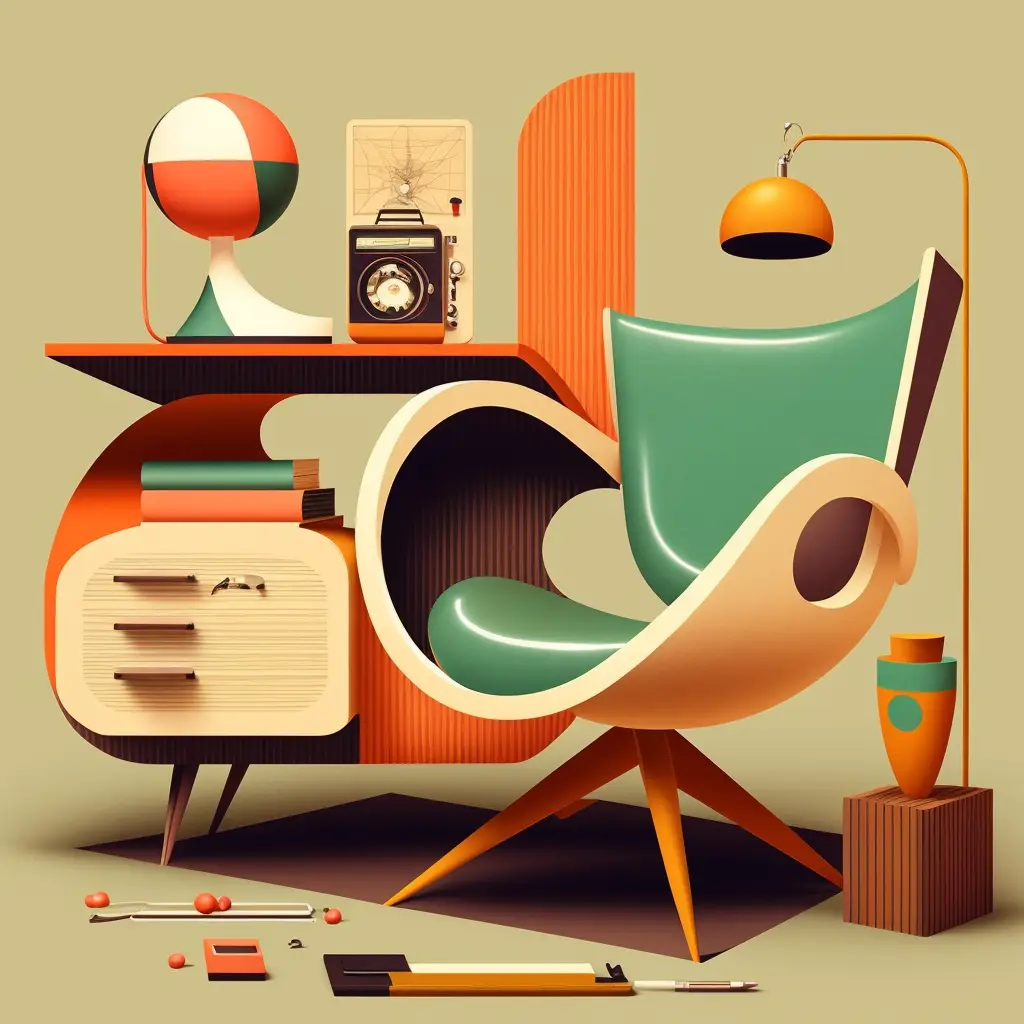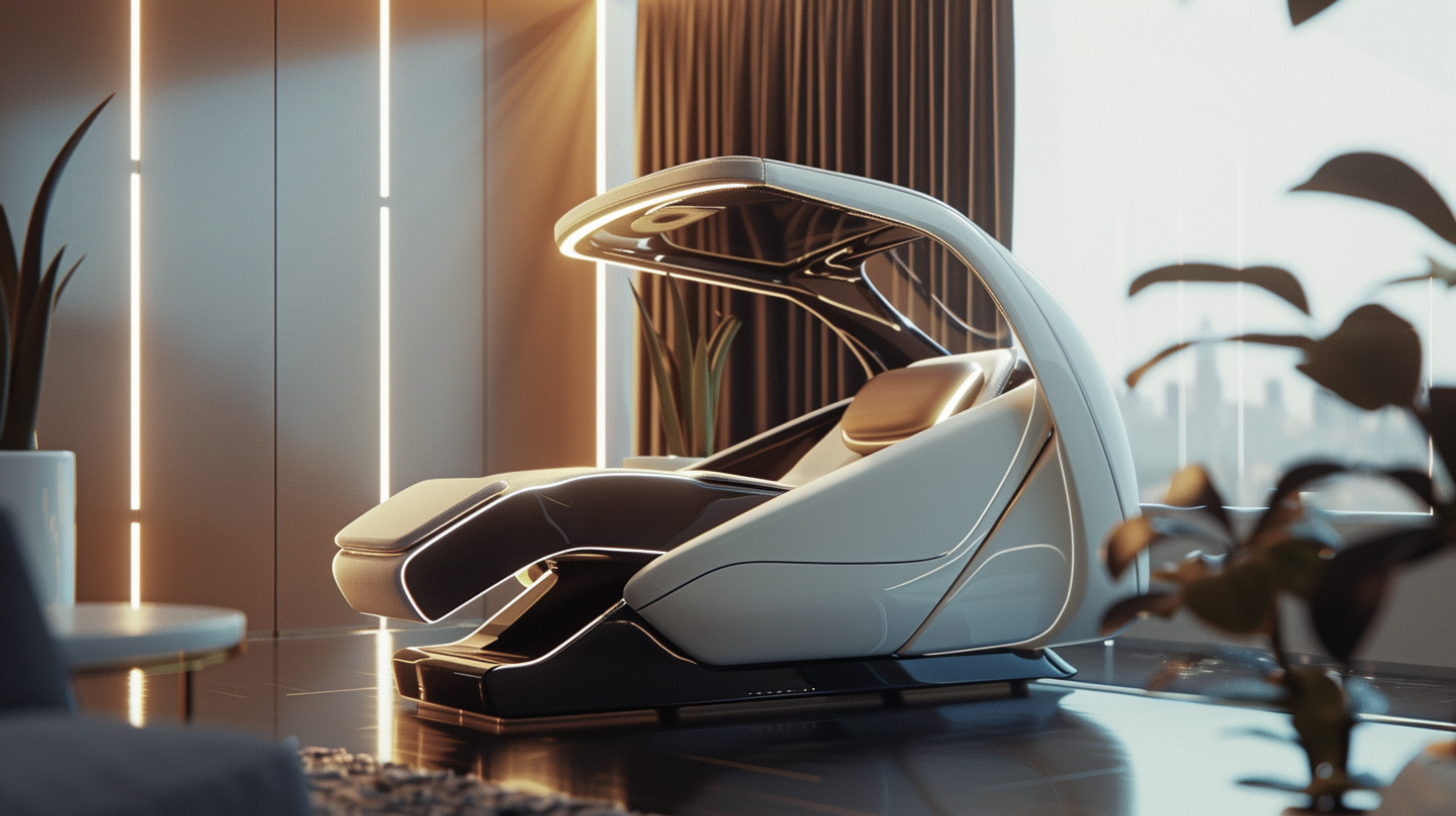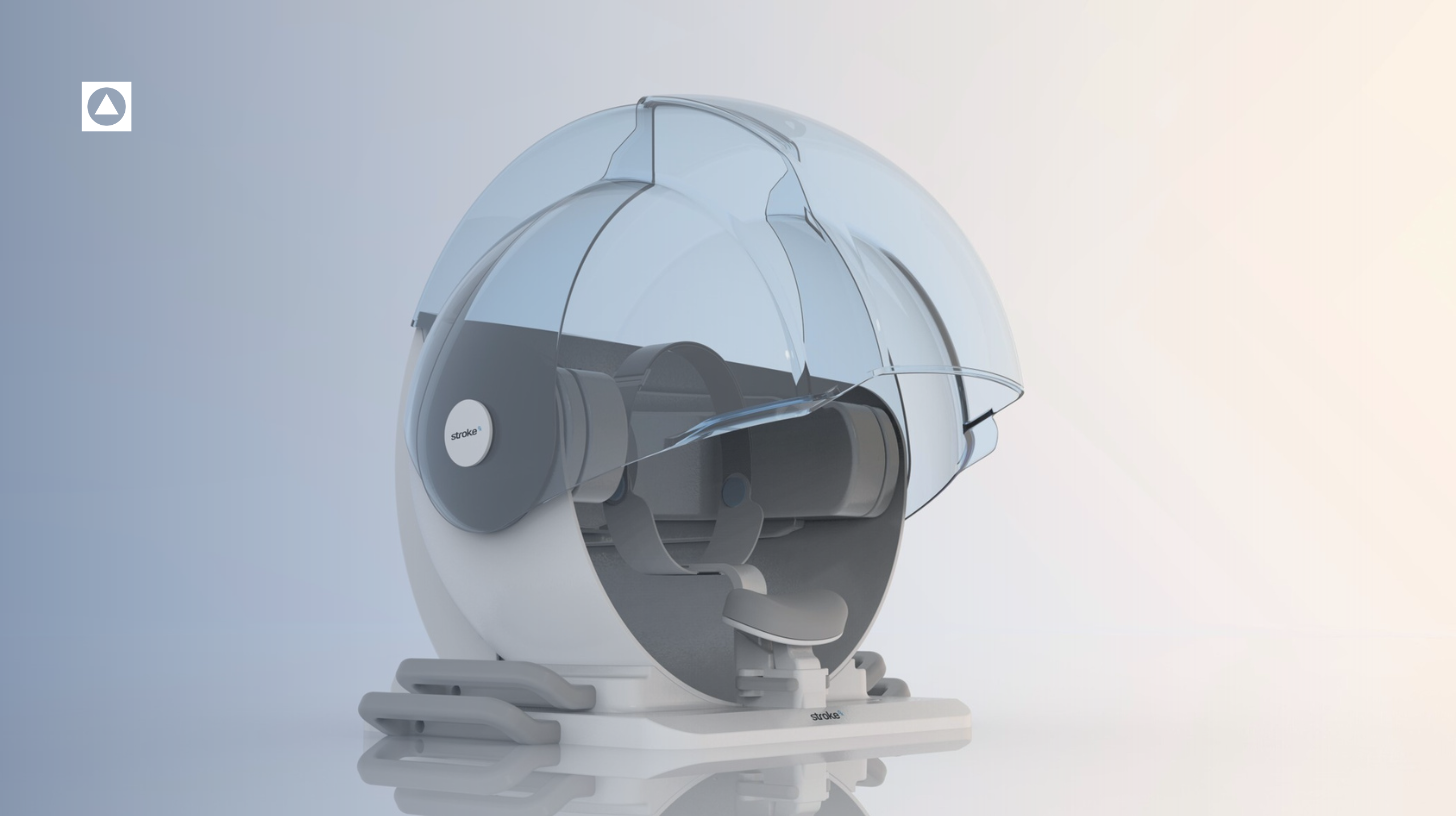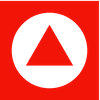Our team met to distill some of the more interesting product design trends for 2023, and ones we are keeping our eyes on.
As an industrial design firm, we are committed to creating human-centered, innovative, and impactful work; naturally, we have to look ahead.
What are people looking for in 2023? How are technology limitations turning into design flourishes? Can CAD really be in the Cloud?
Read on to explore, investigate and inquire about what is going to gain traction in product design this year.
1. Eco-Friendly Product Design
Designing with the Earth in Mind
Designing an eco-friendly product that can be made, consumed, and disposed of sustainably, with that intentionality from the beginning, will pick up traction in 2023 because it addresses the growing concern for the environment through every stage of the product development process. Climate change and environmental degradation are major global issues that have led to a growing awareness of the need to reduce our impact on the planet. Consumers are becoming increasingly conscious of the environmental impact of the products they purchase and are looking for sustainable alternatives. An eco-friendly product that can be made, consumed, and disposed of sustainably addresses this concern by minimizing its environmental footprint at every stage of its lifecycle. This approach not only benefits the environment but also appeals to consumers who are looking to make more sustainable choices in their purchasing decisions.
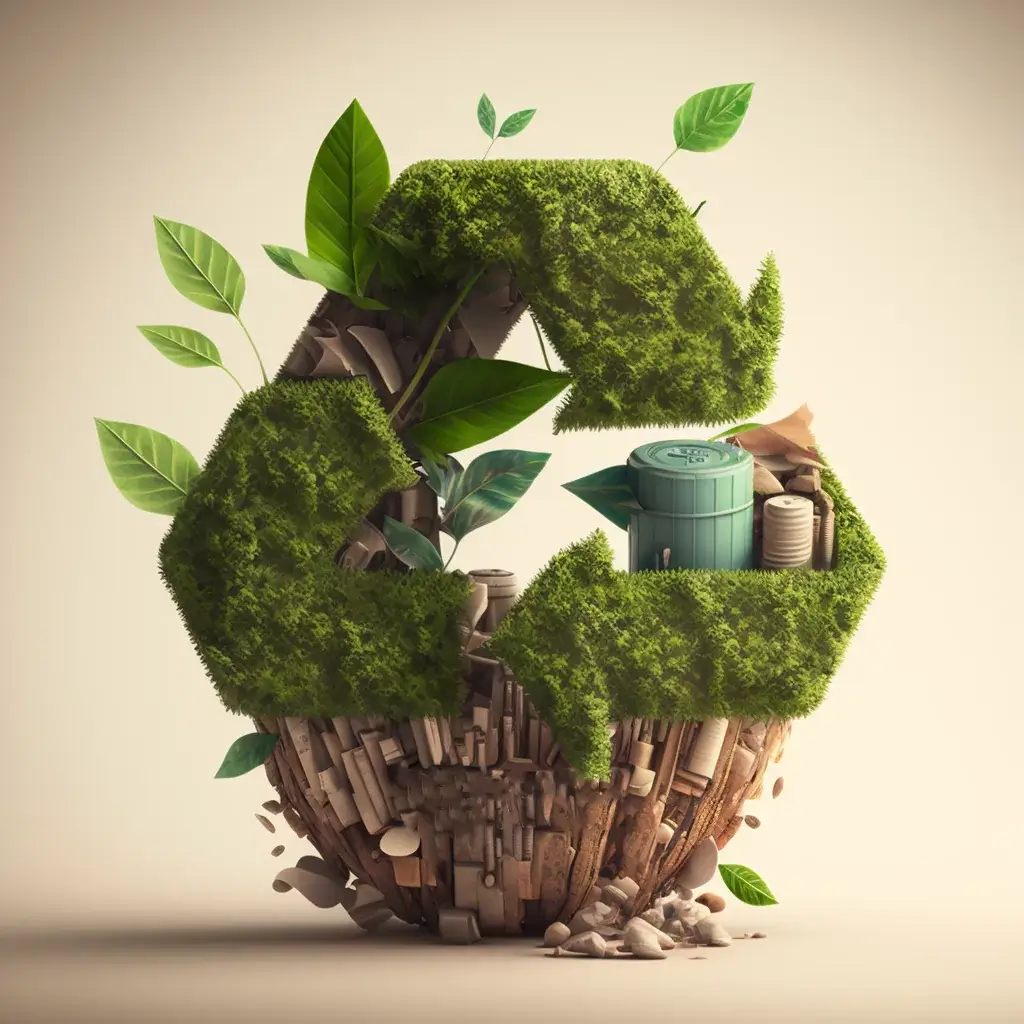
2. Designing Products for Hyper-Reality
Designing Products So Real, You’ll Swear They’re Not Virtual
Designing hyper-realistic products is becoming a trend in the industrial design industry as it allows for more accurate representation and testing of products before they are manufactured. This idea will revolutionize the industry by reducing the need for physical prototypes, saving time and resources. Additionally, this allows for more flexibility in the design process as changes can be made digitally without the need for costly physical adjustments. Hyper-realistic products can also be used in virtual reality environments, allowing for more immersive and realistic product demonstrations. Overall, the use of hyper-realistic design in the industrial design industry has the potential to improve efficiency, reduce costs, and enhance the customer experience.
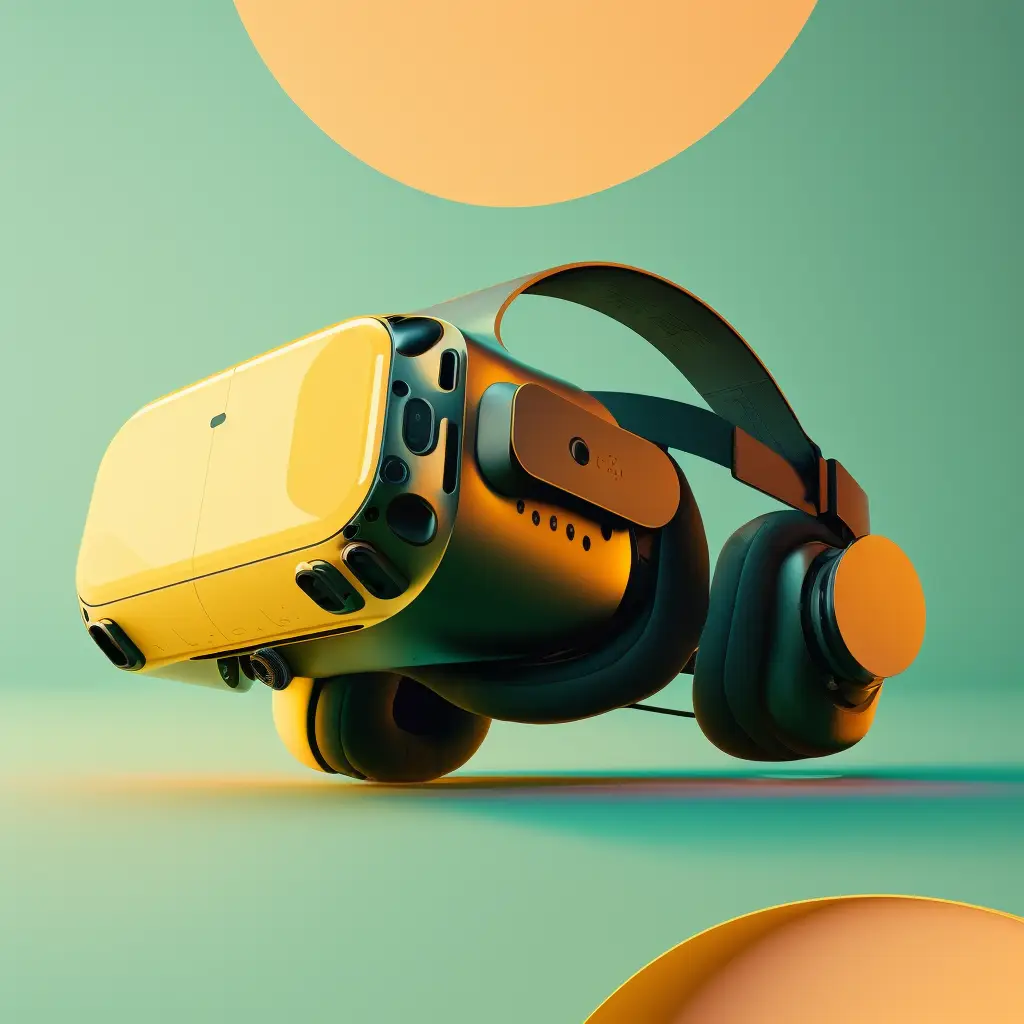
3. Anti-Branding in Industrial Design
How Anti-Branding is Revolutionizing Industrial Design
Anti-branding is quickly becoming a trend in the industrial design industry as a way to reject the traditional definition of branding. This idea of rejecting traditional branding is being embraced as a way to revolutionize industrial design, as it focuses more on creating products that represent the values and beliefs of the people who use them, as opposed to what is being pushed onto them. Anti-branding allows for more creative and innovative designs that are both meaningful and socially conscious. By rejecting the traditional definition of branding, industrial designers are able to create products that are more than just a logo or a symbol, but instead provide a meaningful experience for their users. Anti-branding is quickly becoming an important trend in the industrial design industry and is sure to revolutionize the way we think about branding and product design.
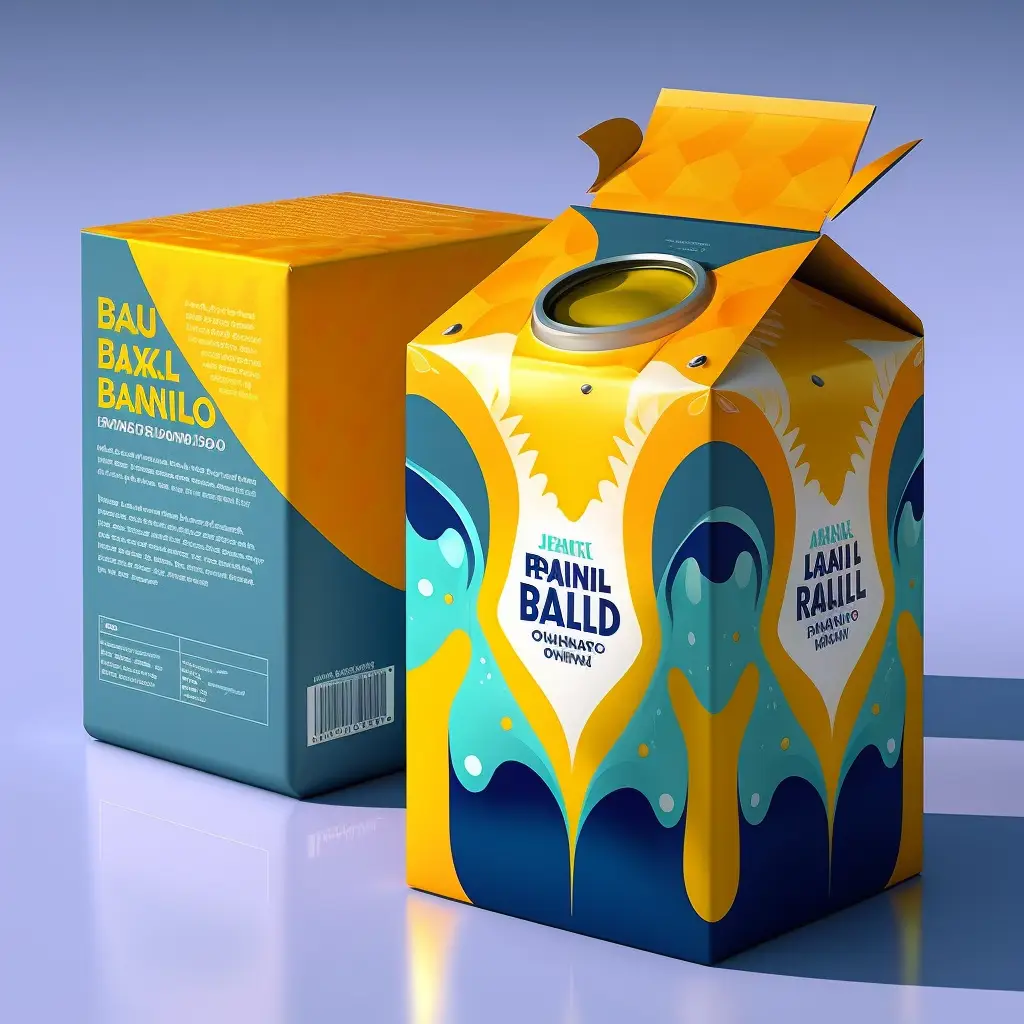
4. CAD in the Cloud
The Rise of Cloud-Based Computer-Aided Design
Cloud-based CAD is a ground-breaking evolution for designers as it allows for real-time collaboration. All team members have access to the same design files stored in a centralized location, regardless of their physical location. This allows for faster decision-making and a more streamlined design process. Additionally, Cloud-based CAD eliminates the need for expensive hardware and software as the processing is done on the cloud server, making it more accessible and cost-effective for small businesses and individual designers. This allows for more people to participate in the design process, and it opens up opportunities for remote working and collaborations across different countries. The adoption of cloud-based CAD has also enabled a more accurate and precise design and faster iteration, which leads to better-quality products and faster time-to-market.
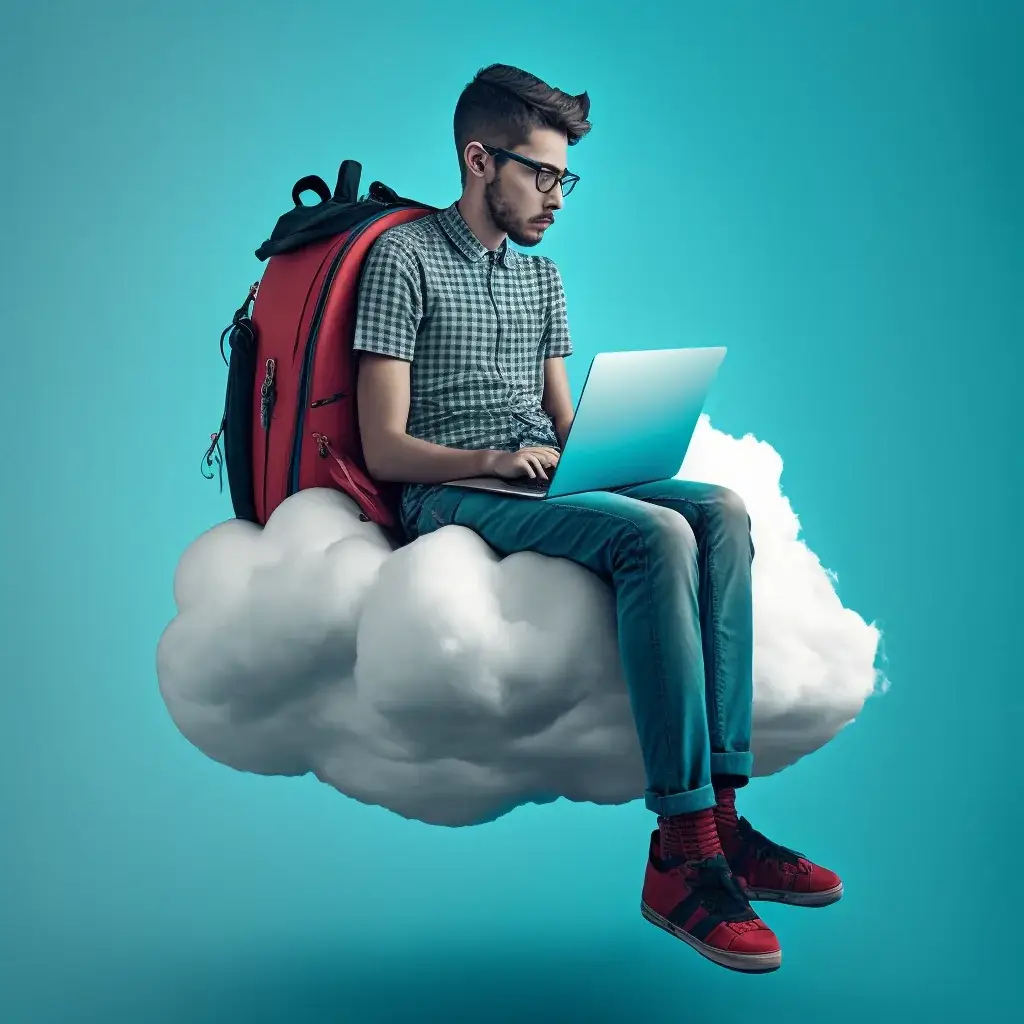
5. Retro-Shades are Coming Back
How Retro Color Palettes Will Make a Comeback
Everyone loves the aesthetic of vintage, retro products, and we believe retro color palettes will make a comeback in industrial design because they evoke a sense of nostalgia and familiarity. The use of bold, bright colors and geometric shapes in product design was popular in the 50s and 60s and has been making a resurgence in recent years. Consumers are looking for products that are not only functional but also evoke a sense of nostalgia. Using retro shades in design adds a playful and whimsical touch to products and creates a sense of nostalgia and familiarity. This trend is also being driven by the desire for a more sustainable future, where consumers are looking to purchase products that are built to last and have a timeless design. Retro shades are also being used in a more modern and minimalist context, which makes it more appealing to a broader audience and gives a fresh new twist to the retro design. The use of retro color palettes in industrial design is a trend because it appeals to the consumer’s desire for nostalgia and the timelessness of the design.
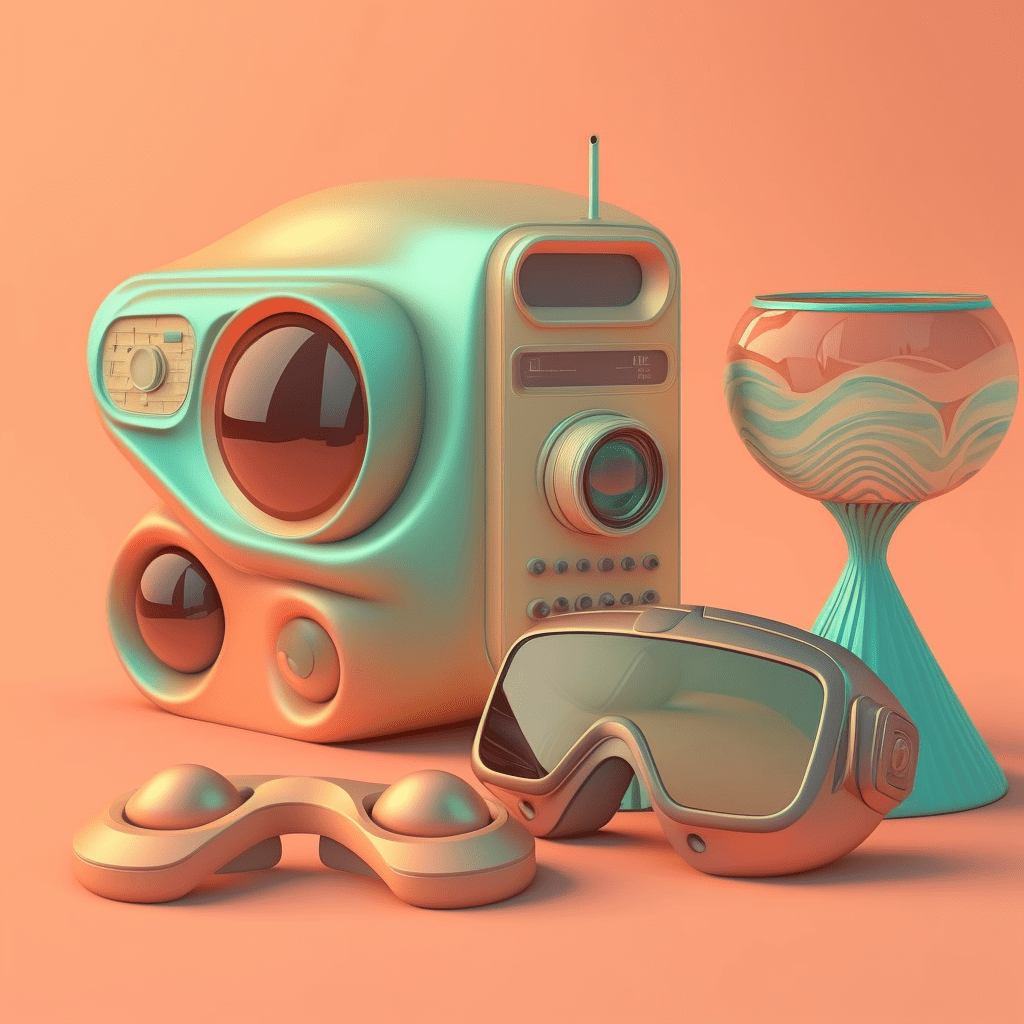
Looking ahead to 2023, it’s clear that product design trends are evolving to prioritize user experience, sustainability, and technology integration. Designers, engineers, and developers that can anticipate and adapt to these changes will be the ones to succeed in the coming year. With our innovative approach and keen understanding of the latest trends, RKS is well-positioned to lead the way in the industry in the coming year. It will be exciting to see the new and exciting products we will design and how they will shape the future of the industry.
**All images in this blog were generated by AI**
